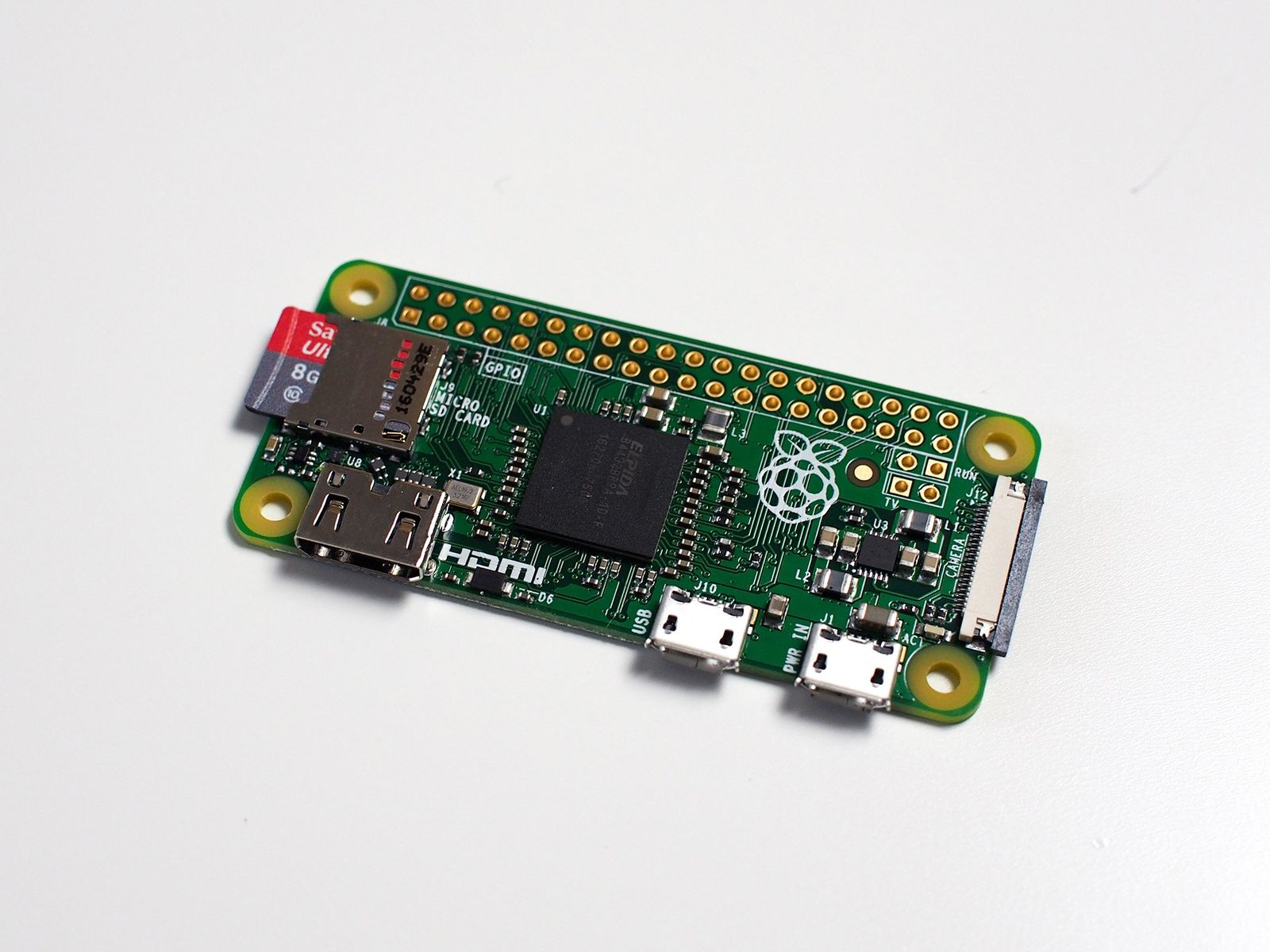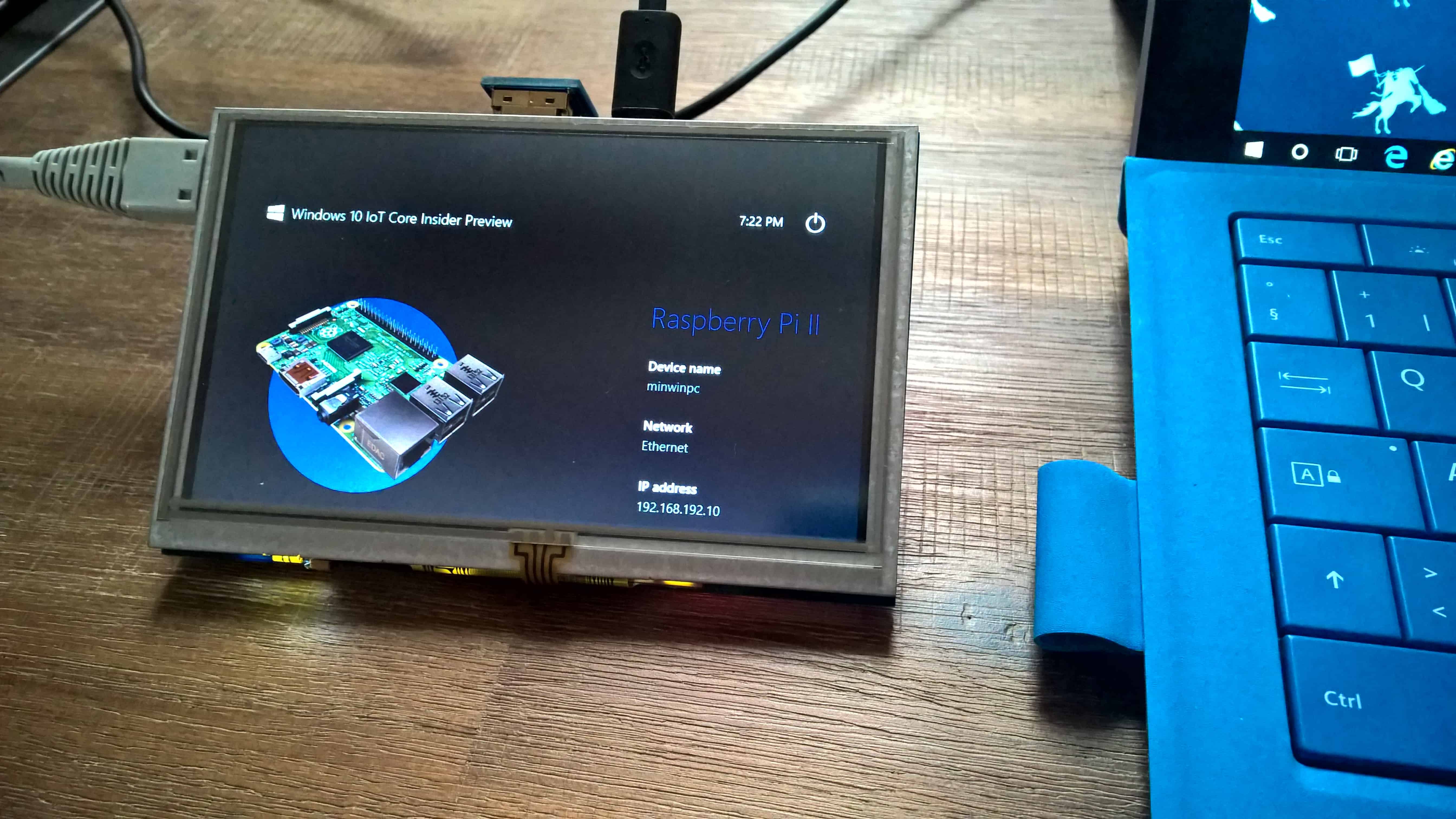Connecting your Raspberry Pi to a secure Virtual Private Cloud (VPC) using RemoteIoT is essential for managing IoT devices efficiently and safely. With the growing demand for remote device management, understanding how to securely connect your Raspberry Pi to a VPC can save you time and resources. This process allows you to manage your IoT devices from anywhere in the world while ensuring that your data remains protected. Whether you're downloading updates or configuring settings, a secure connection is vital for maintaining the integrity of your IoT ecosystem.
When working with a Raspberry Pi, especially in an enterprise or professional environment, security is a top priority. The ability to securely connect your Raspberry Pi to a RemoteIoT VPC ensures that sensitive data is encrypted and transmitted without risk of interception. This is particularly important when downloading Windows updates or other software to your Raspberry Pi, as it prevents unauthorized access to your device.
For those new to Raspberry Pi or IoT device management, navigating the steps to establish a secure connection might seem daunting. However, with the right guidance, you can confidently set up your Raspberry Pi to connect to a RemoteIoT VPC. This guide will walk you through the process, step by step, to ensure a seamless and secure connection, whether you're downloading Windows updates or managing other critical tasks.
Read also:Discovering The Rap Legend Which Rap Artist Has The Most Grammys
Table of Contents
- Why Is Secure Connection Important?
- How to Securely Connect RemoteIoT VPC Raspberry Pi?
- What Are the Steps to Download Windows on Raspberry Pi?
- Can You Use RemoteIoT VPC for Other Devices?
- How to Troubleshoot Connection Issues?
- Benefits of Using RemoteIoT VPC
- What Are the Best Security Practices?
- How to Configure Your Raspberry Pi?
- Tools and Resources for Secure Connections
- Conclusion
Why Is Secure Connection Important?
In today's digital age, securing your IoT devices is more critical than ever. A secure connection ensures that your Raspberry Pi is protected from unauthorized access, which could lead to data breaches or device compromise. When you securely connect RemoteIoT VPC Raspberry Pi, you are safeguarding your network and data from potential cyber threats.
Without a secure connection, your Raspberry Pi could be vulnerable to attacks such as man-in-the-middle (MITM) attacks, where hackers intercept data being transmitted between your device and the server. This is particularly concerning when downloading Windows updates or other software, as malicious actors could inject harmful code into the download process.
By using RemoteIoT VPC, you can ensure that all data transmitted between your Raspberry Pi and the cloud is encrypted and secure. This not only protects your device but also ensures the integrity of your IoT ecosystem. A secure connection is the foundation of any successful IoT project, and understanding its importance is the first step toward achieving it.
How to Securely Connect RemoteIoT VPC Raspberry Pi?
Connecting your Raspberry Pi to a RemoteIoT VPC involves several steps, but the process is straightforward if you follow the correct procedures. Here’s how you can securely connect RemoteIoT VPC Raspberry Pi:
- Set up your Raspberry Pi by installing the necessary software and configuring the network settings.
- Create a RemoteIoT VPC account and generate the required credentials for your Raspberry Pi.
- Install the RemoteIoT client on your Raspberry Pi and enter the credentials to establish a secure connection.
What Are the Steps to Download Windows on Raspberry Pi?
Downloading Windows on a Raspberry Pi requires careful planning and execution. Here’s a step-by-step guide to help you through the process:
- Ensure your Raspberry Pi is securely connected to the RemoteIoT VPC.
- Visit the official Windows download page and select the appropriate version for your Raspberry Pi.
- Use the RemoteIoT VPC to securely transfer the downloaded files to your Raspberry Pi.
Can You Use RemoteIoT VPC for Other Devices?
While this guide focuses on securely connecting RemoteIoT VPC Raspberry Pi, the platform is versatile and can be used for other IoT devices as well. Whether you're managing a fleet of devices or just a single unit, RemoteIoT VPC provides a secure and reliable connection for all your IoT needs.
Read also:Unlocking The Power Of Homeworkify Your Ultimate Homework Solution
Benefits of Using RemoteIoT VPC
Using RemoteIoT VPC offers several advantages for managing IoT devices. First and foremost, it provides a secure environment for your devices, ensuring that all data is encrypted and protected. Additionally, RemoteIoT VPC allows you to manage multiple devices from a single interface, simplifying the management process.
Another significant benefit is the ability to remotely access your devices from anywhere in the world. This is particularly useful when you need to securely connect RemoteIoT VPC Raspberry Pi and download Windows updates or perform other critical tasks. RemoteIoT VPC also offers robust monitoring and analytics tools, giving you insights into device performance and usage.
What Are the Best Security Practices?
When working with IoT devices, following best security practices is essential to protect your network and data. Here are some tips to ensure a secure connection:
- Always use strong, unique passwords for your devices and accounts.
- Enable two-factor authentication (2FA) whenever possible.
- Regularly update your Raspberry Pi and other devices to patch any security vulnerabilities.
How to Configure Your Raspberry Pi?
Configuring your Raspberry Pi for secure connections involves several steps. Start by ensuring that your device is running the latest version of its operating system. Next, configure the network settings to allow for secure communication with the RemoteIoT VPC.
Once your Raspberry Pi is set up, you can securely connect RemoteIoT VPC Raspberry Pi and begin managing your IoT devices. This process ensures that your device is ready to handle tasks such as downloading Windows updates or other software securely.
Tools and Resources for Secure Connections
Several tools and resources are available to help you establish a secure connection between your Raspberry Pi and RemoteIoT VPC. These include:
- RemoteIoT client software for easy setup and management.
- Encryption protocols such as SSL/TLS to protect data transmission.
- Monitoring tools to track device performance and detect potential security threats.
Conclusion
Securely connecting RemoteIoT VPC Raspberry Pi is a critical step in managing IoT devices effectively. By following the steps outlined in this guide, you can ensure that your Raspberry Pi is protected from potential threats while maintaining a seamless connection to the cloud. Whether you're downloading Windows updates or performing other tasks, a secure connection is essential for the success of your IoT projects.
By leveraging the benefits of RemoteIoT VPC and following best security practices, you can confidently manage your IoT devices with ease. Remember to regularly update your Raspberry Pi and other devices to ensure they remain secure and up-to-date. With the right tools and resources, you can achieve a secure and reliable connection for all your IoT needs.

